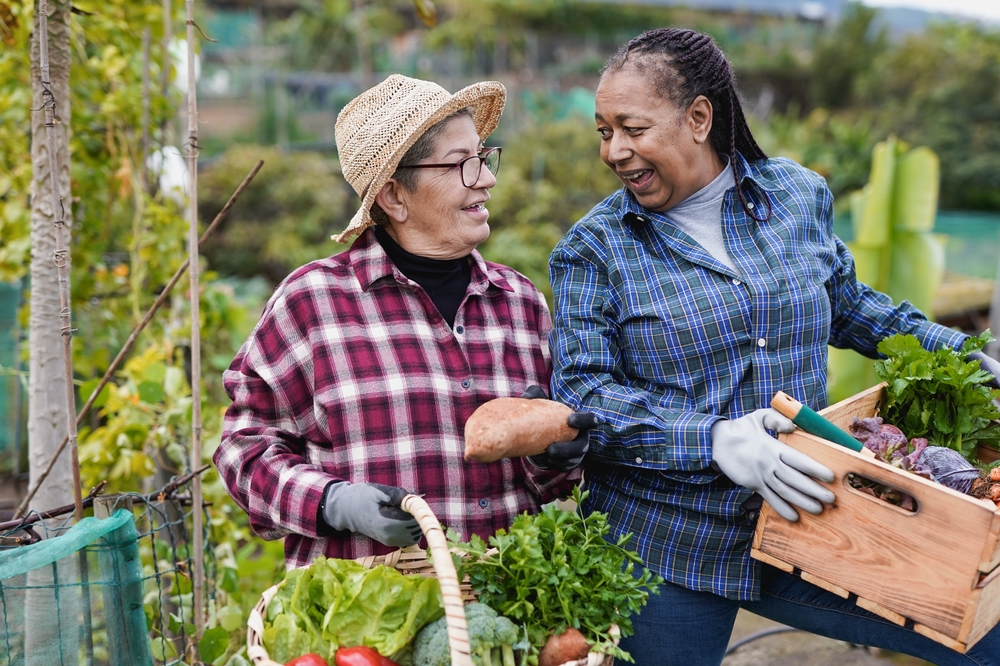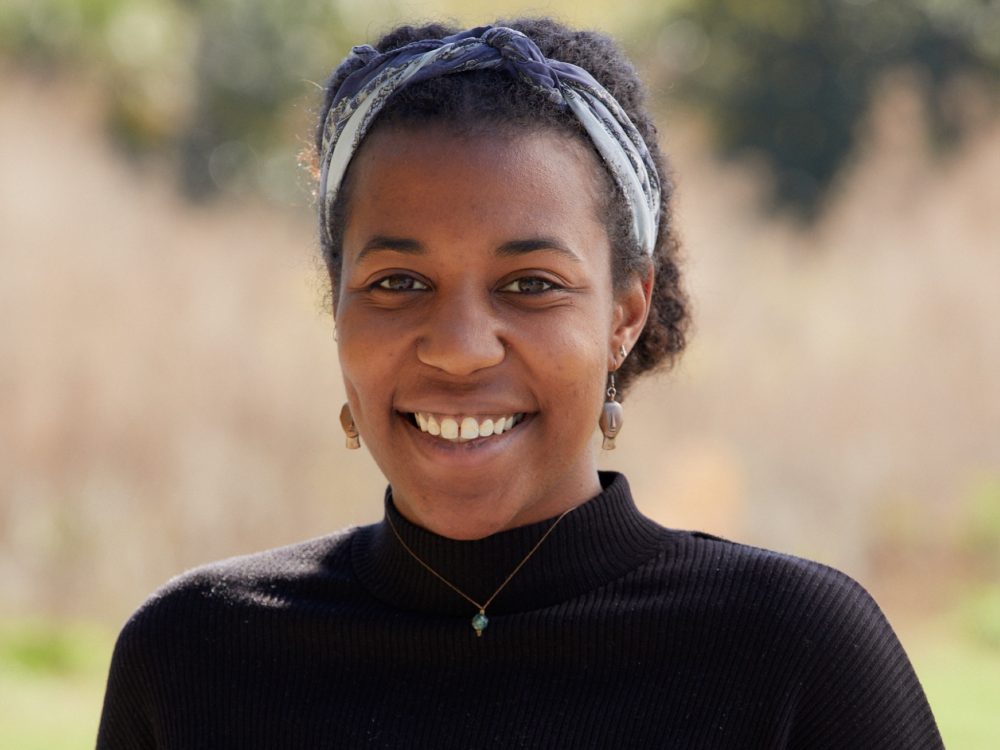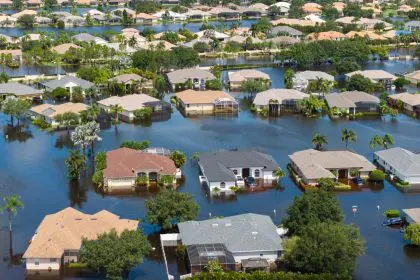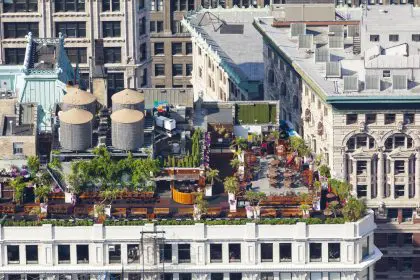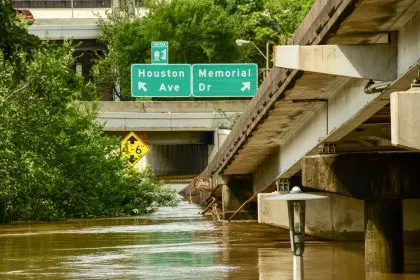In 2023, nearly 34 million Americans faced food insecurity, representing about 10% of the population struggling to access adequate food. This alarming statistic highlights the urgent need for effective solutions, particularly in low-income communities that are disproportionately affected by food deserts.
Understanding food deserts
Food deserts are defined by the United States Department of Agriculture (USDA) as areas where households often have low incomes, inadequate transportation and limited access to grocery stores that offer fresh produce and healthy food options at affordable prices. The term has sparked debate among food justice advocates, leading to calls for alternative terms like food apartheid or “underfunded communities.” These terms aim to address the systemic issues, such as redlining and biased lending, that have historically marginalized Black families, making them twice as likely to live in food deserts compared to their White counterparts.
The rise of community gardens
In response to the challenges posed by food deserts, community gardens have emerged as a powerful tool for promoting food access and community engagement. Over the past decade, the number of community gardens in the 100 largest U.S. cities has increased by 44%, demonstrating a growing recognition of their importance.
Karena Poke, founder of Lettuce Live, has witnessed this trend firsthand in cities like Memphis and Houston. She emphasizes that successful community gardens require more than just planting seeds; they must engage with the community to understand their needs and preferences regarding food.
Challenges and successes of community gardens
Despite their potential, many community gardens face significant challenges. A pilot project in Macon County, Georgia, received a $500,000 grant to establish local gardens but ended up yielding only two barren plots after four years. According to Everett Verner, executive director of the Macon-Bibb County Land Bank Authority, community gardens typically last less than two and a half years.
However, organizations like Lettuce Live are making strides in creating sustainable community gardens. They have secured sponsorships from corporations such as United Healthcare, Home Depot and Aetna, allowing them to host workshops and cooking classes for local families. Poke recalls how during the COVID-19 pandemic, their gardens became safe havens for children, drawing families from far and wide.
The broader impact of community gardens
Community gardens do more than just provide food; they also offer public health benefits and environmental protections. Studies indicate that these gardens can help mitigate issues like flooding and urban heat, making them valuable assets for communities. While they are an essential step toward addressing food access inequality, advocates like Poke stress that they should be part of a larger strategy to create lasting solutions to food scarcity.
Tailoring solutions to community needs
Each community has unique needs, and successful gardens must be tailored accordingly. This holistic approach underscores the importance of community involvement in the planning and maintenance of these gardens.
As food insecurity continues to be a pressing issue in America, community gardens represent a beacon of hope. They not only provide fresh produce but also foster community spirit and resilience. By engaging local residents and addressing the systemic barriers that contribute to food deserts, these gardens can play a crucial role in building healthier, more equitable communities.

